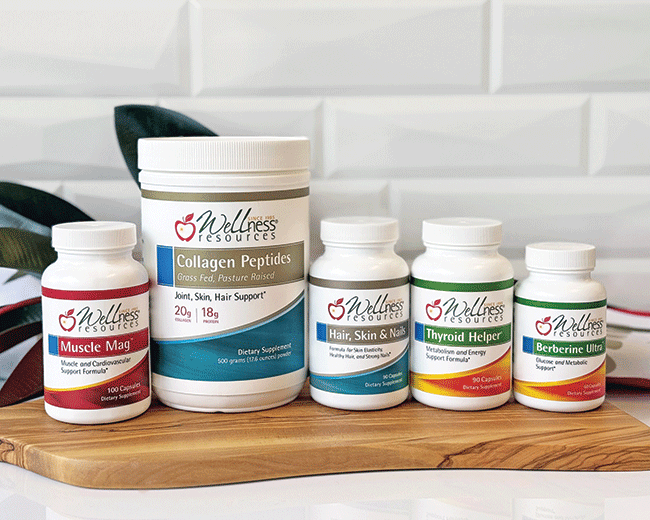HEALTH NEWS
Study Title:
Mediating role of body composition and insulin resistance on the association of arterial stiffness with blood pressure among adolescents: The ALSPAC study.
Study Abstract
Background: Emerging evidence among adolescents suggests that arterial stiffness temporally precedes elevated blood pressure/hypertension in the casual pathway. It remains unknown whether insulin resistance and body composition mediate this relationship. Therefore, we examined the mediating role of total fat mass, lean mass, and insulin resistance in the association between arterial stiffness and blood pressure among adolescents.
Materials and methods: We studied 3,764 participants, aged 17 years from the Avon Longitudinal Study of Parents and Children (ALSPAC) United Kingdom birth cohort. Arterial stiffness accessed with Vicorder device measured carotid-femoral pulse wave velocity (cfPWV), body composition was measured by dual-energy Xray Absorptiometry, blood pressure by Omron device, and homeostatic model assessment of insulin resistance (HOMA-IR) was computed. Data were analysed with structural equation models mediation path analyses and adjusted for cardiometabolic and lifestyle factors.
Results: Among 1,678 [44.6%] male and 2,086 [55.4%] female participants, higher cfPWV was directly and independently associated with higher systolic and diastolic blood pressure, irrespective of the mediator [Standardized regression coefficient (β) = 0.248-0.370, p for all = 0.002]. Lean mass [β = 0.010; p = 0.026; 3.3% mediation] and HOMA-IR [β = 0.004; p = 0.033; 1.1% mediation] but not total fat mass [β < 0.0001; p = 0.615; 0% mediation] partly mediated the association of cfPWV with systolic blood pressure after full adjustments. Similarly, lean mass [β = -0.004; p = 0.021; 1.4% mediation] and HOMA-IR [β = 0.007; p = 0.039; 2.8% mediation] but not total fat mass [β = -0.002; p = 0.665; 0.7% mediation] partly mediated the association of cfPWV with diastolic blood pressure.
Conclusion: Attenuating insulin resistance may be a potentially valuable strategy in lowering higher blood pressure precipitated by higher arterial stiffness.
Study Information
Front Cardiovasc Med. 2022 Sep 2;9:939125. doi: 10.3389/fcvm.2022.939125. PMID: 36119740; PMCID: PMC9481230.Full Study
https://pubmed.ncbi.nlm.nih.gov/36119740/Recent News
Pterostilbene: A Timeless Health Tonic for Longevity and Vitality
Astaxanthin for Healthier, Hydrated, and Resilient Skin
Arabinogalactan Boosts Lymph Flow and Immunity
Protect Your Gut Mucosal Barrier for Immune Health and Vitality
The Truth About Sugar Substitutes: Are Stevia, Sucralose, and Saccharin Safe?

